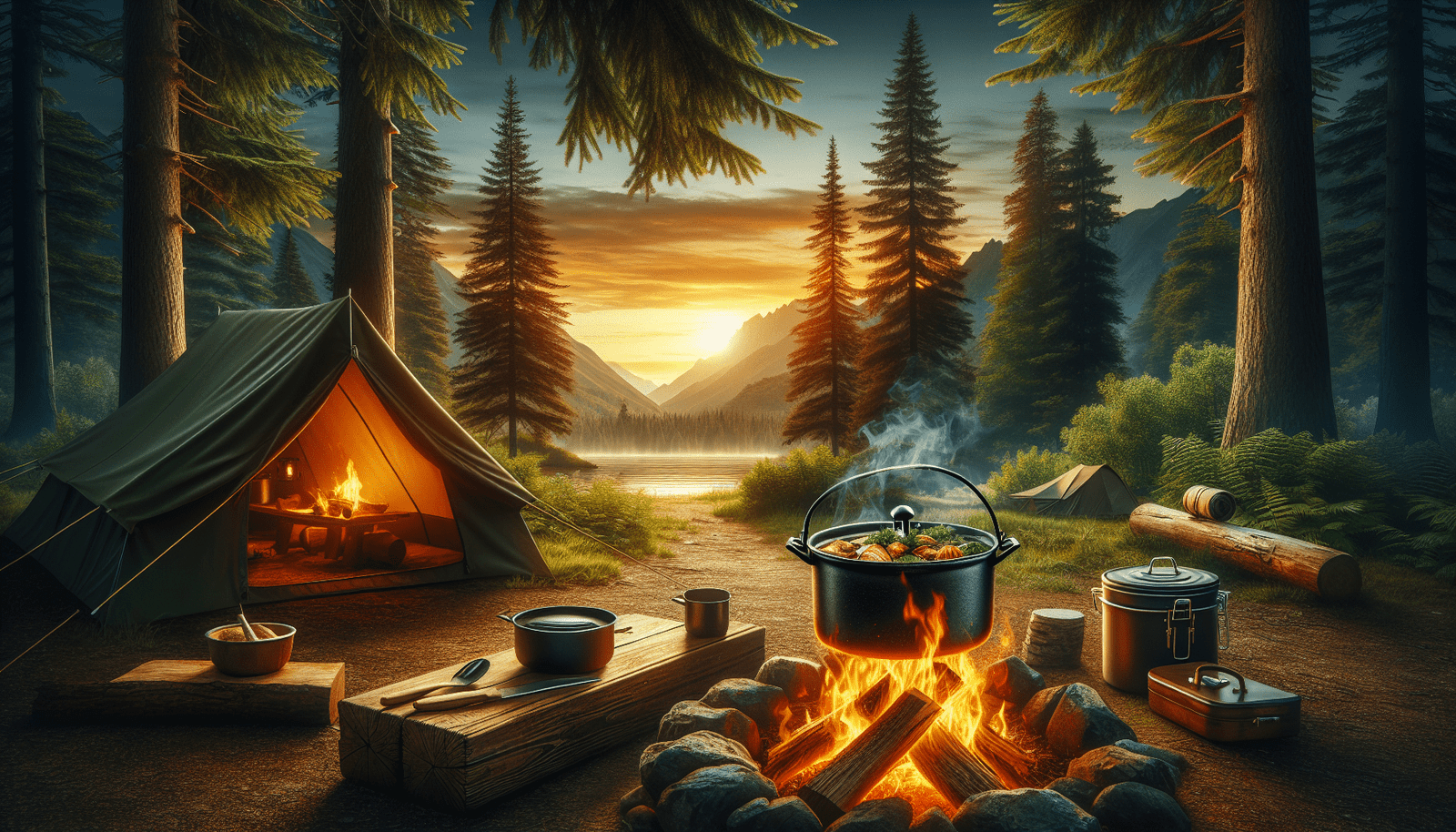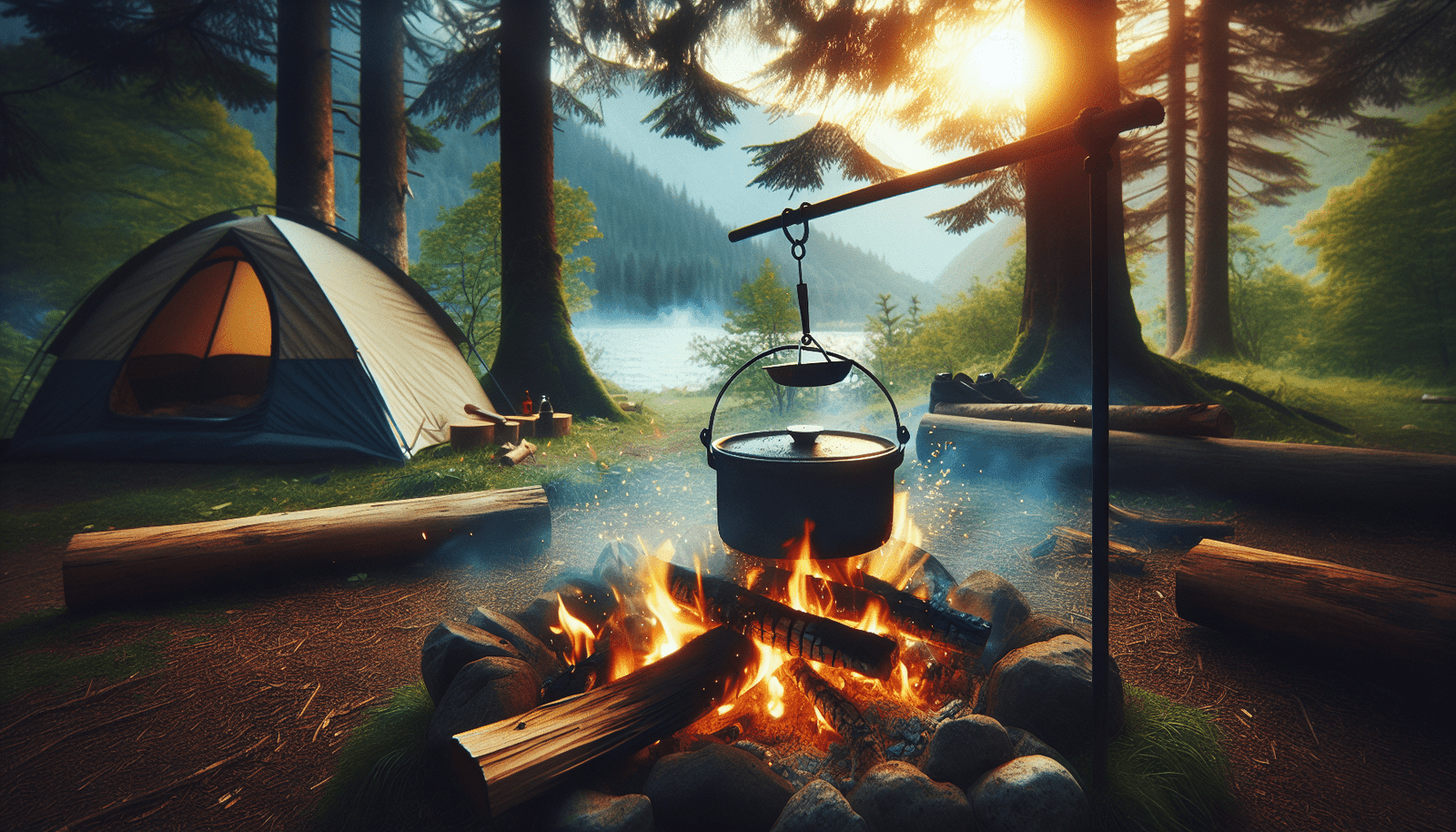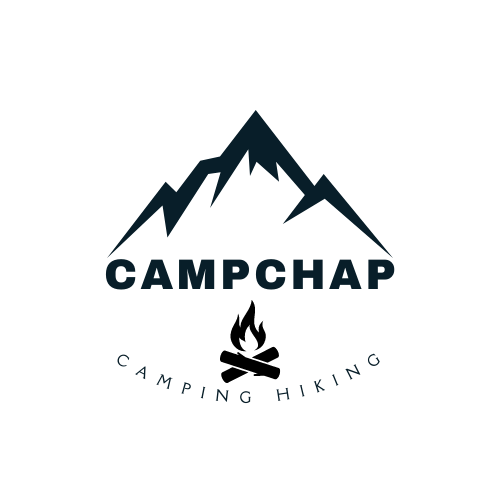Are you ready to elevate your camping culinary game? “What Is The Best Way To Cook When Camping?” is your ultimate guide to delicious outdoor dining. From portable grills to campfire techniques, this article covers various cooking methods to make your meals memorable. You’ll discover the essentials you’ll need, and helpful tips to ensure safety and efficiency. Say goodbye to bland camp meals and embrace the joy of cooking under the stars with confidence and creativity. Have you ever found yourself wondering, “What is the best way to cook when camping?” Whether you’re a seasoned outdoor enthusiast or planning your very first camping trip, cooking in the great outdoors can be both an exciting and daunting task. Let’s dive into the world of camp cooking and break down everything you need to know to make your outdoor meals a success.

Introduction to Camp Cooking
Camping and cooking go hand-in-hand. There’s something uniquely satisfying about preparing and enjoying a meal surrounded by nature. However, unlike at home, where you have your fully-stocked kitchen and modern appliances, cooking at a campsite requires a bit more planning and resourcefulness.
Why is Camp Cooking Special?
Camp cooking is special because it combines the joy of cooking with the thrill of being outdoors. Imagine the aroma of grilled meat wafting through the air, or the cozy warmth of a campfire as you toast marshmallows. These experiences elevate the simple act of cooking into something extraordinary.
Benefits of Cooking While Camping
Not only does camp cooking enhance the overall camping experience, but it also provides several practical benefits:
- Cost-Efficient: Cooking your own meals can save you money compared to dining out or purchasing pre-made food.
- Healthy Eating: You can control the ingredients and preparation methods, making it easier to eat healthily.
- Bonding Time: Cooking together can be a fun and memorable activity for families and groups.
- Self-Sufficiency: You’ll develop skills that can be useful in survival situations.
Tools and Equipment
Before you can start cooking, you’ll need the right tools and equipment. The items you bring can make a world of difference in how smooth and enjoyable your camp cooking experience will be.
Basic Cooking Gear
Depending on your cooking style and preferences, your gear list may vary. Here are some essentials:
| Equipment | Description |
|---|---|
| Camp Stove | A portable stove is perfect for controlled cooking. They come in various sizes and fuel types. |
| Cookware | Pots, pans, and kettles made of lightweight, durable material like aluminum or stainless steel are ideal. |
| Utensils | Bring a spatula, ladle, serving spoons, and tongs. Opt for multi-functional utensils to save space. |
| Cutting Board | A compact, foldable cutting board is useful for food prep. |
| Cooler | Essential for keeping perishables fresh. Make sure to bring enough ice packs to keep the temperature low. |
| Knives | A good quality knife set is crucial. Include a chef’s knife, paring knife, and a folding knife for versatility. |
| Cleaning Supplies | Biodegradable soap, scrub brush, and drying cloth are necessary for maintaining cleanliness. |
| Fire Starter | Matches, lighters, or a fire starter kit will help you get the fire going quickly. Make sure they are kept dry and protected. |
Optional Extras
- Dutch Oven: Great for a variety of cooking methods, especially baking or slow-cooking.
- Grill Grate: Perfect for placing over an open fire to grill meats and vegetables.
- Coffee Maker: A portable coffee maker or French press can be a luxury for morning campers.
- Pie Iron: Ideal for making hot sandwiches or empanadas over a campfire.
Different Cooking Methods
Not all camping trips are created equal, and neither are the cooking methods. Depending on your campsite, duration of your stay, and personal preferences, you’ll want to choose the best method for you.
Open Fire Cooking
Few things are as traditional and enjoyable as cooking over an open campfire. It requires some skill and patience, but the results are often worth it.
How to Build a Good Cooking Fire
- Choosing the Right Wood: Hardwoods like oak or hickory are best for cooking fires because they burn hotter and longer.
- Building the Fire: Start with a base of tinder and kindling, then gradually add larger pieces of wood.
- Managing the Heat: Create a “U” or “V” shaped pit with rocks to concentrate heat and make it easier to place your grill grate or cookware.
Pros and Cons
Pros:
- Authentic and immersive experience
- Adds a natural, smoky flavor to food
- No specialized equipment needed
Cons:
- Difficult to control temperature
- Requires practice and patience
- Can be time-consuming
Camp Stoves
A step up from the open fire, camp stoves offer greater control and ease of use. They are ideal for car campers or those staying in developed campsites with picnic tables.
Types of Camp Stoves
| Type | Description |
|---|---|
| Single Burner | Compact and lightweight, great for solo campers or small groups. |
| Double Burner | Offers more versatility and cooking space, suitable for families or larger groups. |
| Backpacking Stove | Ultra-lightweight and compact, designed for minimalists and backpackers. |
Pros and Cons
Pros:
- Precise temperature control
- Convenience and ease of use
- Can be used in various weather conditions
Cons:
- Requires fuel (propane, butane, etc.)
- Can be bulky to carry
- Maintenance and potential for malfunction
Portable Grills
Portable grills are perfect for those who love grilled food and want a convenient, park-like grilling experience.
Types of Portable Grills
| Type | Description |
|---|---|
| Charcoal Grill | Provides excellent flavor but can be bulky and time-consuming to set up and clean. |
| Gas Grill | Quick and easy to use with adjustable heat, but requires propane canisters. |
| Electric Grill | Only feasible where electrical hookups are available, but offers great control and ease of use. |
Pros and Cons
Pros:
- Great for grilling meat, vegetables, and even fruit
- Portable and relatively easy to set up
- Good temperature control
Cons:
- Requires fuel (charcoal, propane, or electricity)
- Can be heavy and bulky
- Needs regular cleaning
Meal Planning and Preparation
Effective meal planning is crucial for successful camp cooking. It ensures you have enough food, reduces waste, and makes cooking more enjoyable.
Pre-Trip Preparation
Plan Your Meals
A well-thought-out meal plan can save you a lot of hassle. Consider the number of meals, the complexity of preparation, and time required. Balance between simple and elaborate meals for variety and convenience.
| Day | Breakfast | Lunch | Dinner | Snacks/Extras |
|---|---|---|---|---|
| Day 1 | Pancakes & Bacon | Sandwiches | Grilled Chicken & Veggies | Trail Mix, Fresh Fruit |
| Day 2 | Oatmeal & Fruit | Salad & Bread | Tacos | Cheese & Crackers, Granola Bars |
| Day 3 | Eggs & Sausages | Cold Cuts & Wraps | Pasta with Tomato Sauce | Chips, S’mores |
Prep Ingredients
Pre-cut vegetables, marinate meats, and measure seasonings before your trip. Store them in labeled zip-lock bags or containers for easy access.
Pack Efficiently
Organize your food items by meal and pack them in a cooler. Use block ice rather than ice cubes to keep the temperature stable. Consider using dry ice for longer trips but handle it with care.
Cooking Tips and Tricks
Efficient Cooking Methods
- One-Pot Meals: Save on space and cleanup by preparing meals that can be cooked in one pot.
- Foil Packets: Wrap ingredients in heavy-duty aluminum foil for easy, mess-free meals.
- Pre-Made Mixes: Pancake or muffin mixes that only require water are convenient.
Maintaining a Clean Camp Kitchen
- Sanitize Regularly: Use biodegradable soap and a clean cloth to wash cookware and surfaces.
- Safe Food Storage: Keep perishables in the cooler and dry goods in sealed containers to avoid attracting wildlife.

Safety and Hygiene
Proper safety and hygiene practices are essential to prevent foodborne illnesses and accidents.
Food Safety
- Temperature Control: Keep cold foods below 40°F and cook meats to their recommended internal temperatures.
- Avoid Cross-Contamination: Use separate utensils and cutting boards for raw and cooked foods.
Fire Safety
- Maintain Control: Never leave an open fire unattended and keep a bucket of water or sand nearby.
- Proper Extinguishing: Ensure your fire is completely out before leaving the campsite or retiring for the night.
Environmental Consideration
- Leave No Trace: Pack out all trash and leftover food.
- Respect Wildlife: Do not feed animals or leave scraps behind, and store food securely to avoid attracting them.
Recipes to Try
Let’s get into some delicious recipes that are perfect for camp cooking. These recipes are simple yet satisfying, ensuring you have a fantastic outdoor dining experience.
Breakfast: Campfire Pancakes
Ingredients
- 1 cup pancake mix
- 3/4 cup water
- 1 tbsp vegetable oil
- Optional toppings: berries, maple syrup, butter
Instructions
- Combine pancake mix, water, and vegetable oil in a bowl. Stir until smooth.
- Heat a lightly oiled skillet on your camp stove or over the fire.
- Pour 1/4 cup batter onto the skillet for each pancake.
- Cook until bubbles form on the surface, then flip and cook until golden brown.
- Serve with your favorite toppings.
Lunch: Foil Packet Sandwiches
Ingredients
- 4 slices of bread
- 4 slices of cheese
- 4 slices of ham or turkey
- Butter
Instructions
- Butter one side of each slice of bread.
- Place a slice of cheese and a slice of ham or turkey between two slices of bread, butter side out.
- Wrap each sandwich in a large piece of heavy-duty aluminum foil.
- Place the foil packets on the campfire grill.
- Cook for 6-8 minutes, flipping halfway through, until the bread is toasted and the cheese is melted.
Dinner: Campfire Chili
Ingredients
- 1 pound ground beef
- 1 can kidney beans, drained and rinsed
- 1 can diced tomatoes
- 1 onion, chopped
- 2 cloves garlic, minced
- 1 packet chili seasoning mix
- Shredded cheese, sour cream, and green onions for garnish
Instructions
- In a large pot over your camp stove or fire, brown the ground beef until fully cooked.
- Add the chopped onion and minced garlic, cook until softened.
- Stir in the kidney beans, diced tomatoes, and chili seasoning mix.
- Simmer for 20-30 minutes, stirring occasionally until the flavors meld together.
- Serve topped with shredded cheese, sour cream, and chopped green onions.
Conclusion
Cooking while camping can be an incredibly rewarding experience. With the right tools, methods, and preparation, you can enjoy delicious, satisfying meals under the open sky. Whether you opt for the rustic charm of open fire cooking, the control of a camp stove, or the convenience of a portable grill, each method has its unique advantages. Planning your meals ahead and maintaining safety and hygiene are crucial steps in ensuring a successful camping trip.
So next time you head out to the great outdoors, you’ll be well-equipped to answer the question, “What is the best way to cook when camping?” Enjoy your culinary adventures and happy camping!
